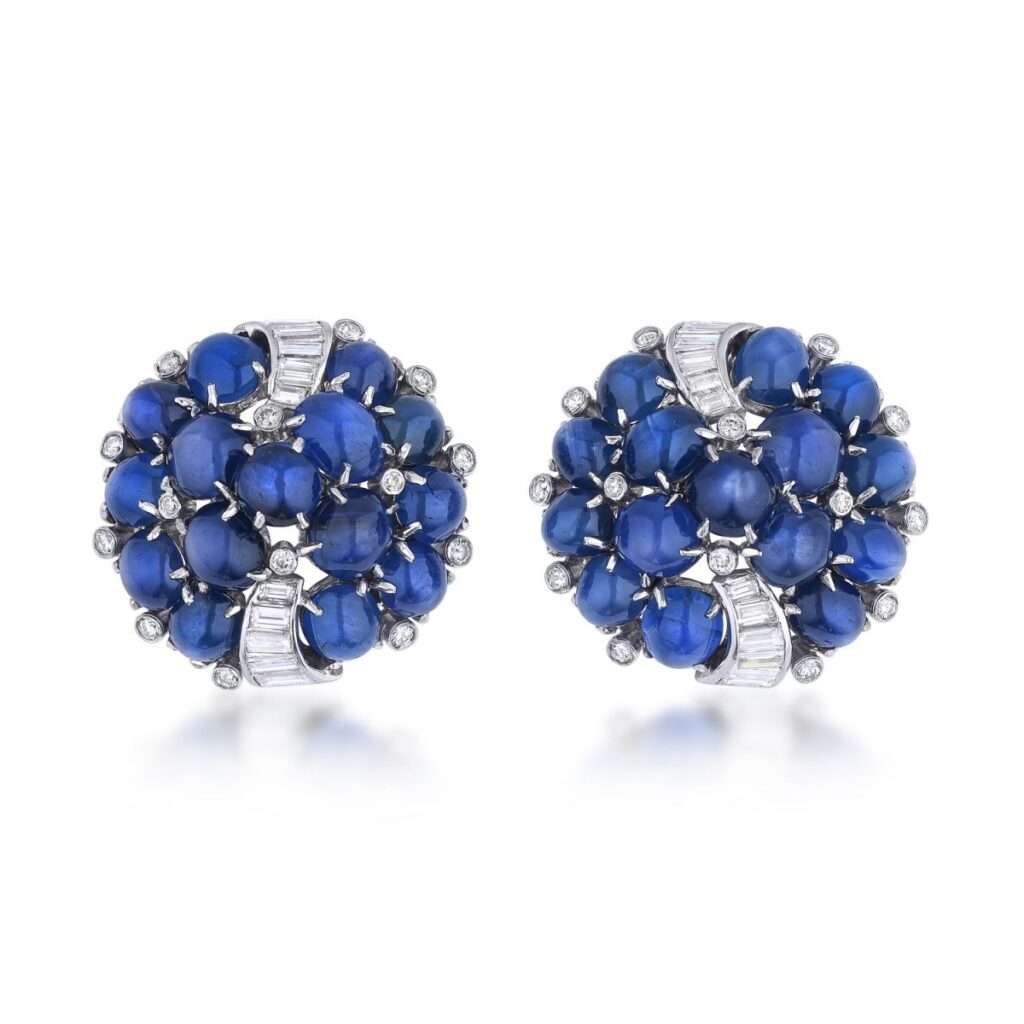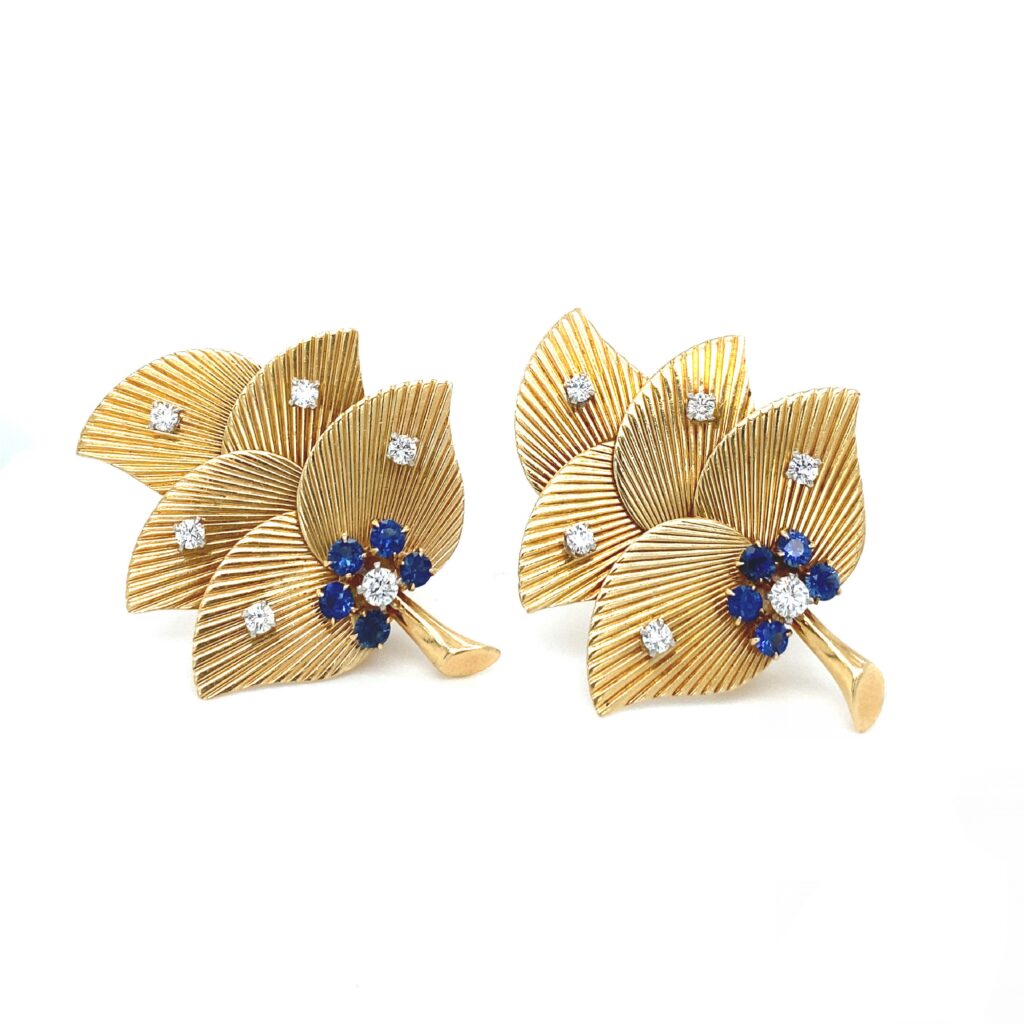From door attendant to becoming one of the most influential jewelry designers of the early 20th century, Raymond Yard was known not only for his spectacular jewels, but for his integrity and kindness as well.
Moving to Manhattan

It was by chance that Yard landed in the jewelry industry, but it seems that it was also his destiny. Born in Montclair, New Jersey, in 1885, his father, William Yard, was a railroad conductor running a train between New Jersey and Manhattan while his mother Caroline Dehart took care of the family. The elder Yard was sociable and friendly with a number of the people who took the train from New Jersey to Manhattan. One of those people was jewelry store owner William Marcus, who owned Marcus & Co. When William Yard came down with tuberculosis in 1897, he was concerned about what would happen to his family after he was gone. He mentioned those concerns to Marcus. After Yard passed away, Marcus offered 13-year old Raymond Yard a job at his New York City jewelry store as a door attendant and errand runner. Yard accepted and he and his mother moved to the City in 1898, where his mom worked as a cleaning lady.
Yard was destined for greater things and he soon learned various aspects of jewelry production and sales. His knowledge of gemstones and jewelry fabrication along with his personal integrity drew clients to Yard propelling him to become one of Marcus’s top salespeople by the time he was in his early thirties.
John D. Rockefeller Jr., one of the clients who came to Marcus, was very impressed by Yard, and suggested that he open his own store. In 1922, that’s exactly what happened, Raymond Yard opened up shop on Fifth Avenue. Once the store was open, Rockefeller began sending friends and family to Yard, who soon had a stellar, high society clientele that included the Woolworth, Harriman and Vanderbilt families, as well as Hollywood royalty Joan Crawford and Douglas Fairbanks. The store was so successful that four years later Yard moved to a larger nearby space.
The Raymond Yard Look

Raymond Yard became known for its outstanding Art Deco jewels. To create the look, Yard mixed step and brilliant cut diamonds with geometric shaped colored gemstones that created patterns in the design that appealed to fashionistas of the time. Known to be an expert on pearls, Yard was also well-versed in colored gemstones. He was very particular about the gems that he used, spending time searching for just the right stone for each piece he created.
One of the designs that Yard is most famous for are his rabbits. The personified bunnies were introduced in the late 1920s. The furry creatures were dressed as golf caddies, brides, anglers and the most well-known of all the waiter, complete with a tray, glasses and champagne on ice, they were a whimsical protest to prohibition. In 1932, Yard introduced the house brooches. These miniature houses were opulent bejeweled renditions of the homes of some his well-heeled clients.
By the 1940s, jewelry changed due to World War II and the challenges of finding raw materials. Yard changed his strategy, using yellow or white gold instead of platinum and incorporating small stones in the designs instead of larger size gems. He also used different gems than he had in the past developing new color combinations.
Vintage Yard

Raymond Yard was more than a jeweler. He was a big-hearted kind man, who was known for his generosity and honorable dealings, not only with his clients, but with his employees and vendors as well. In 1958, Yard retired leaving the firm to Robert Gibson. Yard met Gibson when he caddied for him at the Winged Foot Golf Club. The two became very close, as Gibson had lost his father at a young age and he looked up to Yard, who was a bit of a mentor to him. When Robert Gibson retired in 1989, he left the company to his son Bob Gibson, who continues the legacy today.
The beginning of the 20th century was a time when wealthy industrialists and tycoons were buying American made jewelry. Now, highly collectible, Raymond Yard jewels topped the list of desirable jewelry for discerning clients. If you’re looking for a vintage Yard piece, it may be hard to come by, his jewelry is rare on the secondary market. Due to their high-quality gemstones and splendid fabrication, Yard jewels are as highly desired today as they were a century ago.
Top of Page: Diamond, sapphire and 18-karat gold brooch, signed Yard, courtesy Jardin Jewels (@jardinjewels).
Authored by Amber Michelle
